
Did you know that the Internet, a tool that is inseparable from our lives, is currently at a major turning point? The transition from the current dependence on platforms provided by specific companies to a decentralized Internet with no administrator is creating all kinds of possibilities.
Obtaining knowledge related to Web 3.0 is extremely useful when considering investments such as virtual currencies and when predicting the future world. Therefore, in this article, we will explain the concept of Web 3.0 and introduce basic knowledge that can become a standard in the future, such as products that are attracting attention.
table of contents- Web3.0, a decentralized Internet without an administrator
- Differences from the conventional Internet “Web2.0” | From centralized to decentralized
- Web3.0 and blockchain technology
- Main products and use cases related to Web3.0
1. “Web3.0”, a decentralized Internet with no administrator
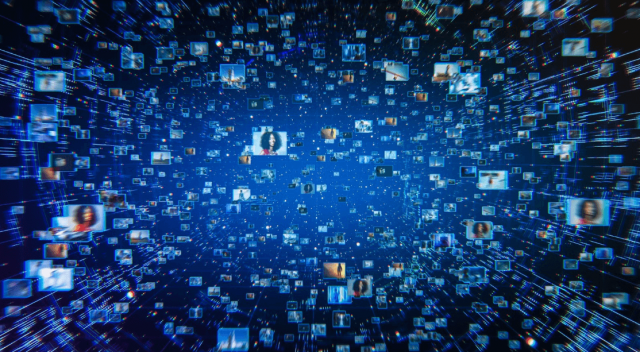
First, I will explain what Web 3.0 is, starting with an overview.
1-1. What is Web3.0?
Web3.0 refers to the next generation Internet environment or era that utilizes blockchain technology. Unlike the “centralized type,'' which is managed by a specific organization or institution such as a country or a company, Web 3.0 is a “decentralized type'' (distributed type)”.
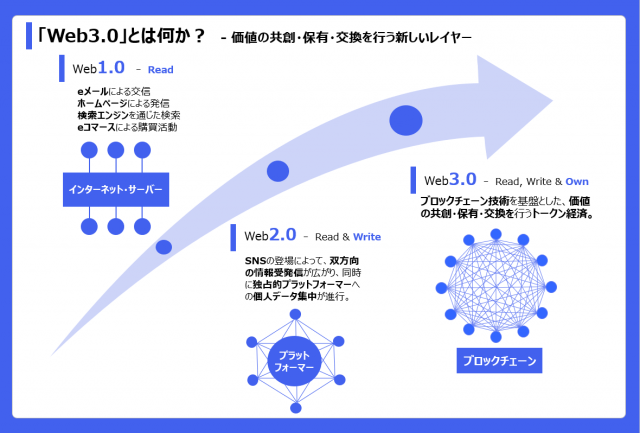
Source: Ministry of Economy, Trade and Industry
The technological innovation of blockchain, or distributed ledger, has made it possible to manage data such as personal information in a shared record among all users, without relying on a specific administrator. It is attracting attention as the next generation of the Internet, emerging from the Web2 era in which giant platform operators such as America's GAFA held an overwhelming market share.
Many technologies and products were born from this invention, and the next-generation Internet environment is collectively called Web 3.0.
connection:Prime Minister Kishida “I am confident that Web3 will lead to Japan's economic growth”
1-2. How will the Internet change with “Web3ization”?
The current Internet environment has a centralized structure, operated and managed by specific companies and individuals. For example, social media platforms such as Facebook, Instagram, and YouTube are widely used around the world and have become useful tools for many people.
However, with Web3, the current centralized structure will change significantly and we will move into a decentralized Internet era. By drastically changing the operational management structure, data and services will be distributed among users, making it possible to avoid risks caused by centralization. This change is believed to give users control and ownership, and provide greater data privacy and security.
2. Differences from the conventional Internet “Web2.0” | From centralized to decentralized
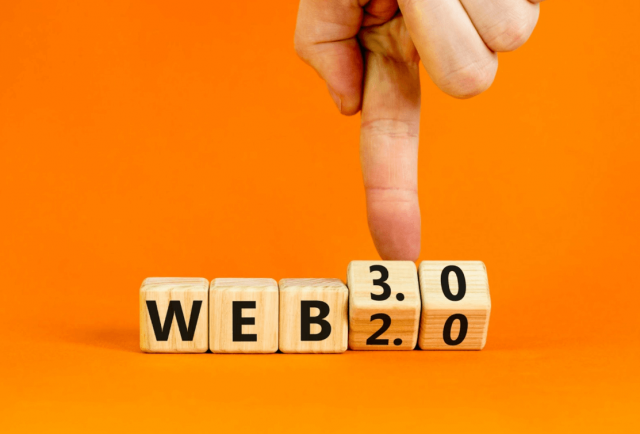
The Internet began to spread to the general public in the mid-1990s. In order to understand Web 3.0, it is important to look back at the evolution of the Internet to date.
2-1. From the era of “Read” and “Write” to the era of “Own”
When the Internet first began to spread, it was called the Read era, when information flowed in one direction from a specific sender to a user.
The current Internet environment of Web 2.0, also known as the Write era, has changed this one-way communication of information to two-way communication.
A giant IT company such as GAFAM operates the platform, and now anyone can easily transmit information by creating blogs, uploading videos, and live streaming.
As of 2023, the transition from Web 2.0 to Web 3.0 is progressing. The major change from 2.0 is the way data and information is managed. Until Web 2.0, there was a specific administrator who ran the platform. “X” means company X, “YouTube” means Google, etc.
By making full use of “blockchain technology,” which will be described later, it is now possible to manage information without appointing a specific administrator, fulfill contracts, and prevent data tampering. With Web 3.0, in addition to the “Read/Write” that has been achieved so far, we will move into an “age of ownership” in which people own information and value themselves.
2-2. Why a decentralized Internet is needed
The centralized management system up to Web 2.0 had the problem of oligopoly of information and profits. In fact, the IT companies that provide the platform, such as GAFAM, earn huge profits from advertising costs and commissions.
Controversial incidents have also occurred in the past regarding the suppression of information dissemination by administrators. For example, in 2021, then-US President Donald Trump's X account was frozen, which became big news around the world.

Source: BBC News JAPAN
News site in 2021. The reason for the suspension announced by Twitter (currently Company X) is that there is a “risk of inciting violence.” This case has sparked controversy around the world regarding companies taking away individuals' freedom of speech.
It is no exaggeration to say that the decentralized Internet was invented to solve these concerns.
The sources of information and data are shared with all participants and are not in the hands of any one group. Since dependence on specific companies is eliminated, each company can freely exchange value and enter into individual contracts.
3.Web3.0 and blockchain technology
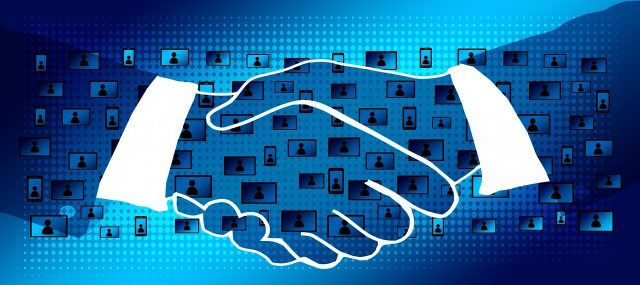
Web 3.0 cannot be talked about without the technology called “blockchain”. If you want to start investing in virtual currency, you should also know about “smart contracts”.
3-1. Synergy with blockchain
Blockchain is a technology that connects information like a chain and records and manages it in a distributed manner.
This technology is essential in the Web 3.0 Internet structure and serves as a “ledger” that records distributed information.
Up until now, information management has been handled collectively by specific companies, governments, and other operators. Under such a system, individual information is managed in a closed manner, and there is a risk of increasing dependence on the operator.
On the other hand, blockchain does not require an operator to manage it. Information and data is shared among all participating users, and that information can be stored separately.
Decentralized information management can ensure the transparency of transaction data because similar data is shared in multiple locations, and it also serves as a solution to the risks of falsification and leakage.
3-2. Smart contract
A smart contract is a system in which contracts are automatically executed on a blockchain. The advantage of implementing this feature is that it can reduce human costs and fees.
Traditional contracts and transactions require a third party, an intermediary. In order to eliminate this human cost, it is possible to program the steps necessary for contracts, etc. and automatically execute contracts based on predetermined definitions.
4. Main products and use cases related to Web3.0
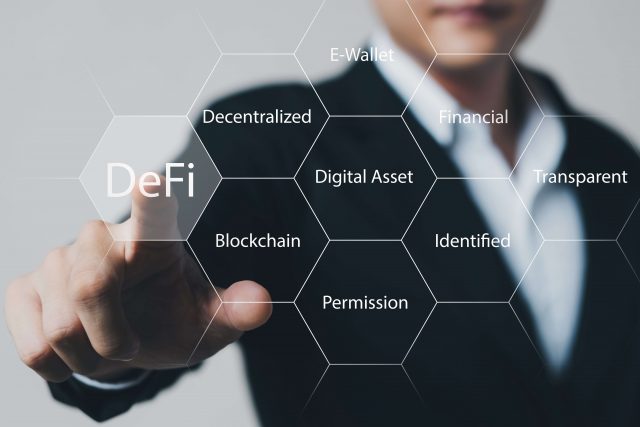
As we have introduced so far, Web3.0 is a “concept for a new era Internet environment.”
Let's introduce what kind of products and use cases are actually available.
4-1. DApps
DApps (Decentralized Applications) are applications that are operated in a decentralized manner. Since the necessary information is managed in a decentralized manner, it does not depend on a specific platform.
Use cases include DeFi, DEX, GameFi, etc.
4-2.DAO
A DAO (Decentralized Autonomous Organization) is a decentralized autonomous organization organized without a specific administrator. DAO has the following characteristics.
- Users manage each other in the absence of a central administrator
- make decisions through democratic voting
- Blockchain technology allows anyone to check the source, making data highly transparent
The objectives and activities vary depending on the organization, such as investment DAOs for the purpose of investment, DAOs for the purpose of managing crypto assets, and DAOs for solving regional issues.
4-3. NFTs
NFT (Non Fungible Token) is a “non-fungible token” and has the following characteristics.
- Ownership history is managed on blockchain
- It is impossible to counterfeit because it uses blockchain technology.
- Can be bought and sold as a token
In the era up to Web 2.0, it was difficult to prove ownership of digital data and store its value. However, NFT technology using blockchain has made it possible to “prove the uniqueness'' of electronic data such as “digital art,'' “SNS post data,'' and “in-game items.''
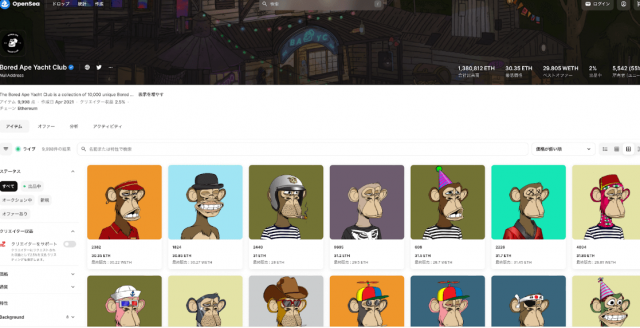
Source OpenSea
“OpenSea” is a famous marketplace where you can buy and sell NFTs. Some NFTs were bought and sold among many celebrities, greatly contributing to the popularization of NFTs.
4-4. DeFi
DeFi (Decentralized Finance) refers to financial services that utilize blockchain. Financial services that are centrally managed like traditional banks are called CeFi (centralized), but when compared to them, DeFi has the following advantages.
- Not dependent on central administrator
- Relatively low fees compared to traditional financial services
There are many types of DeFi usage, including centralized exchanges (CEX) that match orders between users, and decentralized exchanges (DEX) that exchange liquid tokens from a pool where they are deposited. )And so on.
The post What is Web3? Explaining the benefits of the next-generation decentralized Internet environment appeared first on Our Bitcoin News.

 1 year ago
74
1 year ago
74
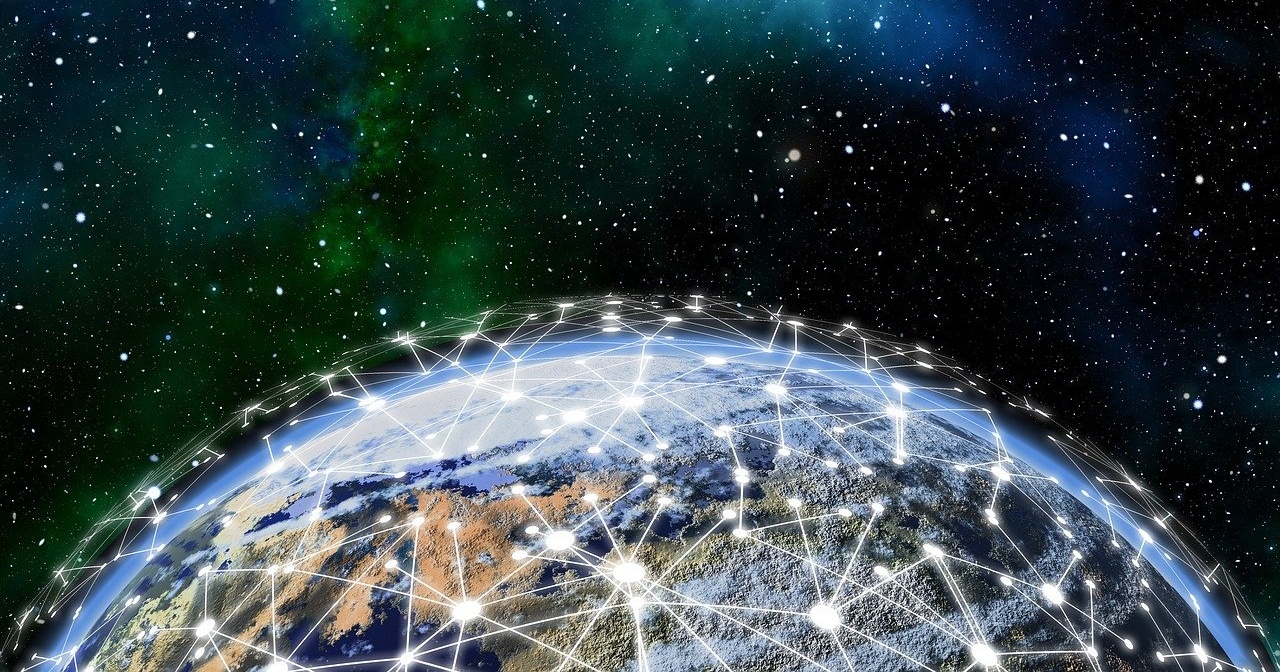

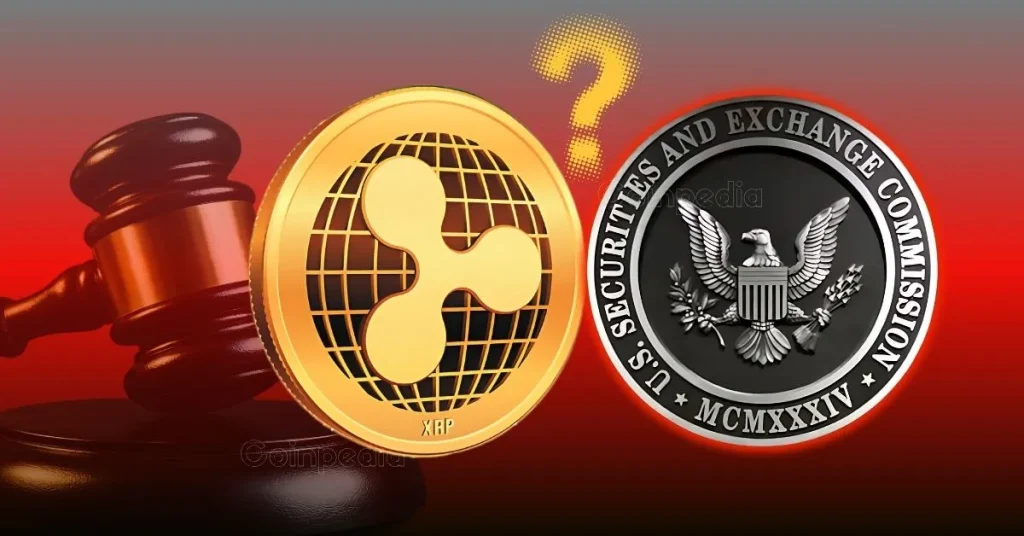
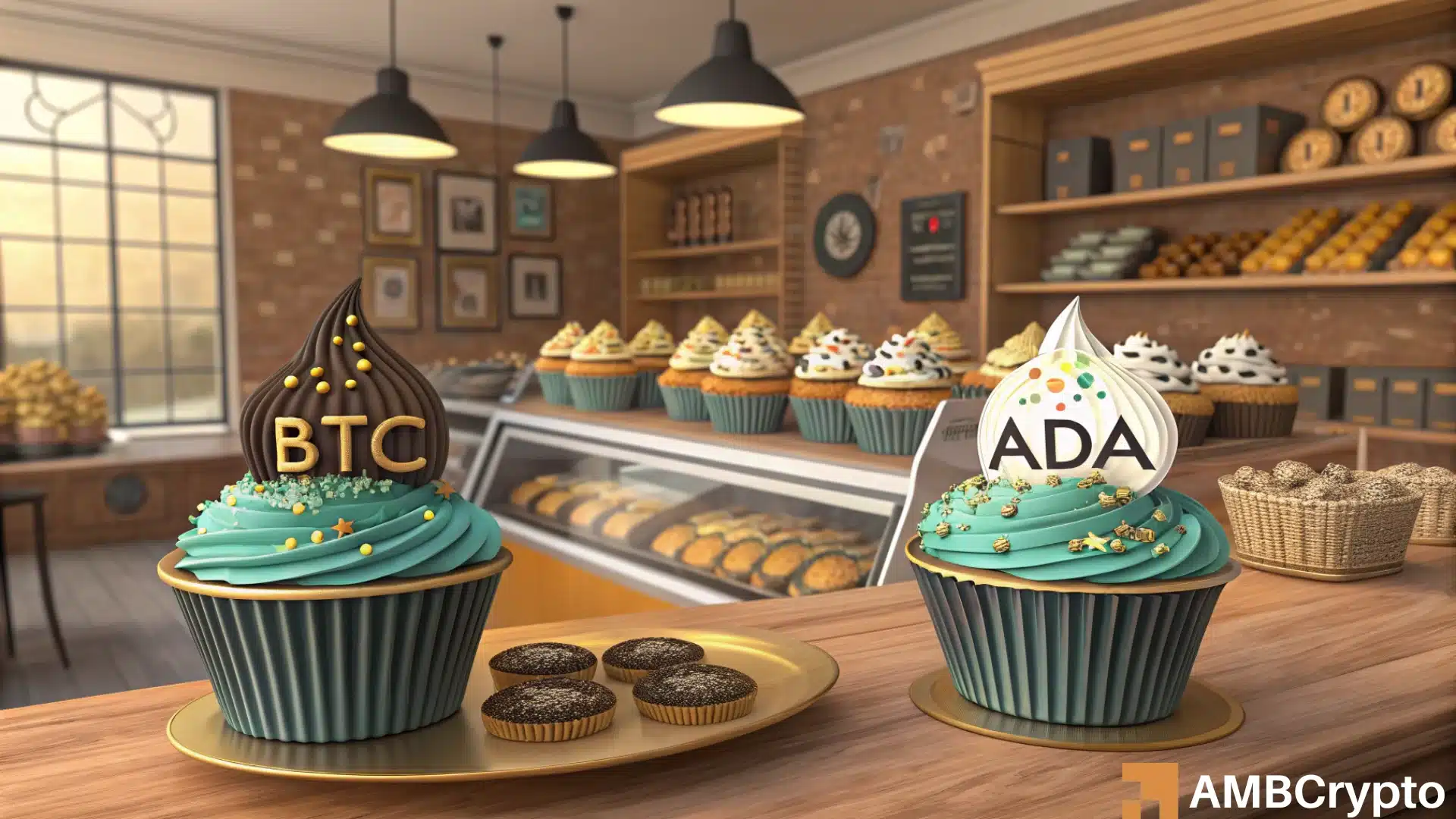
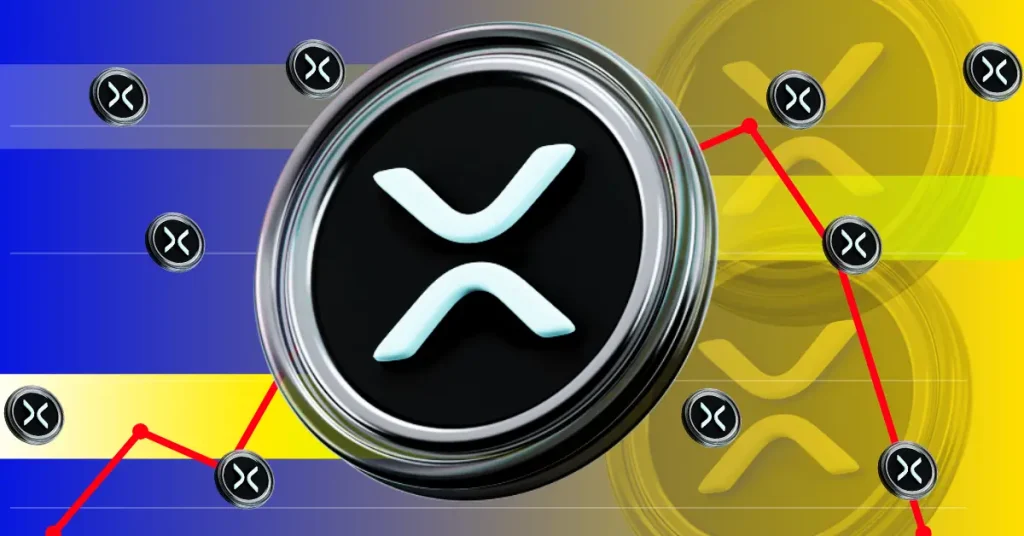










 English (US) ·
English (US) ·